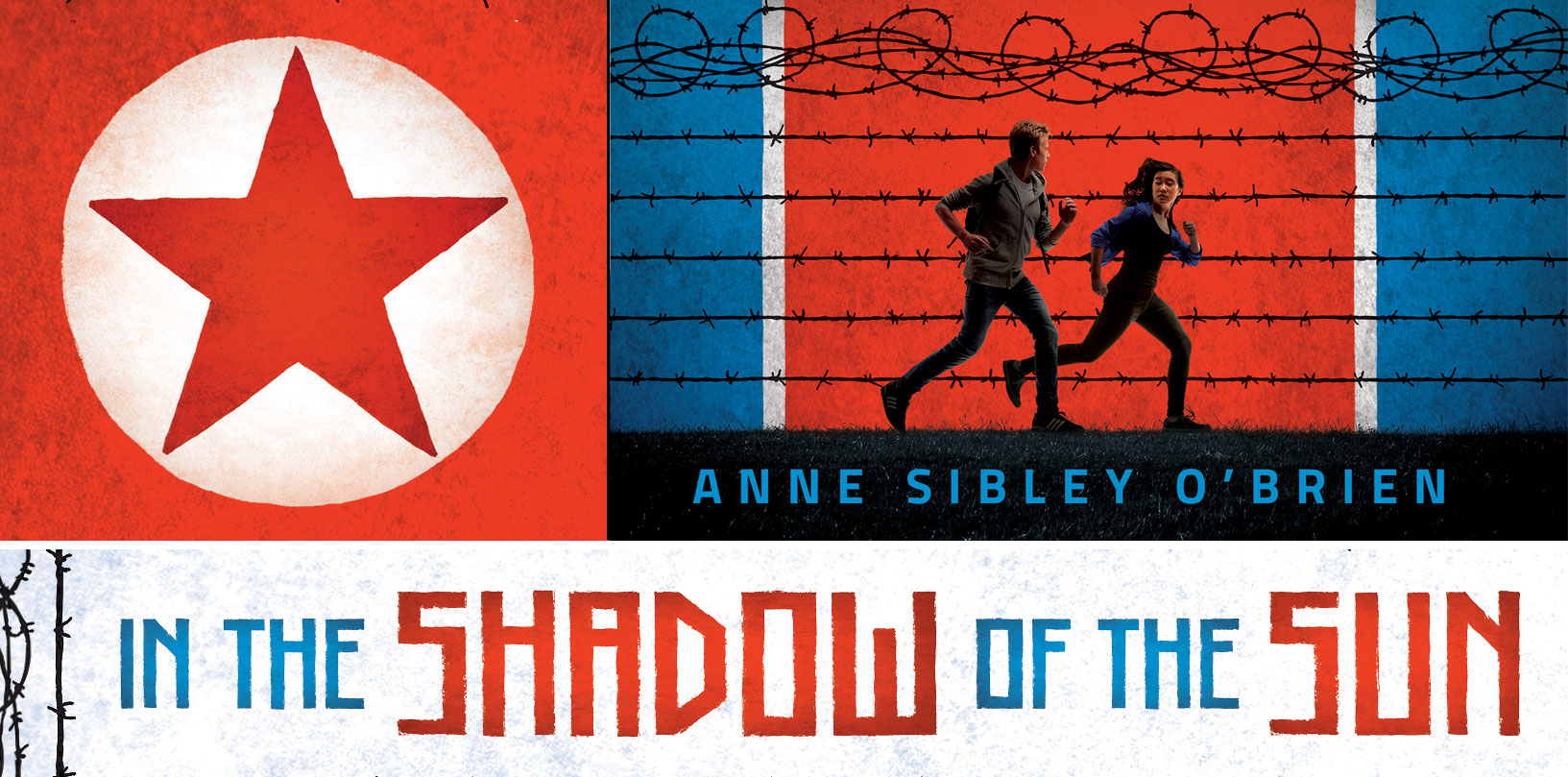Tribute
He taught me in words, but more powerfully in deeds, that we are all one family, that every person I meet is my sister or brother, that each of us has infinite and equal worth and value.
And that, given this truth, we can only respond to the world as it is with fierce compassion, a fire for justice, and a desire to alleviate suffering wherever it is found.
He modeled a hunger for and delight in connection across differences of race, class, religion, language and culture.
He dared to imagine a better world, to see visions of what was possible, and to give his all in pursuit of a dream.
Read MoreHe inspired me to shine.
Exploring a Bicultural Experience
One of my favorite blogs, Korean American Story, has just published a piece I was invited to write for them, “Of Longing and Belonging.”
This relatively new blog has already built a thoughtful and insightful collection of essays and fiction on what it means to be Korean and American, including immigrant, U.S.-born, and adoptee perspectives.
Read MoreEncounter
Yesterday I spoke on a panel for an SCBWI New England event on using marketing consultants at the Eric Carle Museum in Amherst, Massachusetts. Lovely to make the trip with Kirsten Cappy of Curious City, and writer-illustrator Cathryn Falwell.During lunch we got to spend a few minutes viewing the exhibit of Kadir Nelson paintings published in the book, We Are the Ship: The Story of Negro League Baseball. The illustrations are stunning, and the exhibit far more so, because the actual oil paintings are huge.
Entering the gallery, you encounter the life-size figure of catcher and slugger Josh Gibson, who hit 75 home runs in 1931. The painting (also the book’s cover illustration) is hung so that the ball player and museum visitor meet eye to eye. Gibson has a powerful, almost mythical presence, rendered with extraordinary lifelike detail, from gleaming flesh to fraying fabric around the collar. Brushstrokes in the surrounding sky suggest motion, as if the air around the still figure is vibrating.
The paintings are striking in their strength, depth of color, contrast in light and shadow, and stylistic distortions that make them more expressive and memorable than if they were photo-realistic. As a group, they are a vivid and indelible account, bringing the players of the Negro League alive. An added delight is the display of rough thumbnail sketches.
This summer, the paintings will be on display at the Western Pennsylvania Sports Museum in Pittsburgh. Three, including the portrait of Josh Gibson, have been purchased by the Muskegon Museum of Art in Michigan.
The artist is quoted in an exhibition brochure:
Read More“What I found most striking was the story of the Negro League; its overwhelming success despite the daunting odds against it. The spirit of independence, having made something out of nothing at all. Armed with only intellectual and athletic talents, and the sheer will to play the game that they loved so dearly, this group of men assumed control of their destiny. After being pushed out of the game by an overwhelming majority, African-Americans, rather than giving up, formed leagues of their own, successful leagues that lasted almost thirty years.
“Overall, I hope that I have done justice to these somewhat forgotten men and given them the tribute that they deserve. I don’t wish to deify them but rather honor them, portray them as the heroes they were and further solidify their place in history.“
They Didn’t Get That From Me!

1. Socialized Roles
This is why talking about race is so crucial for children’s development. If we don’t engage kids in conversations that give them permission and language to say what’s on their minds, to voice the associations they’re making and the conclusions they’re reaching, all of this conditioning goes unchallenged. When we provide a safe place for children to speak, we get the opportunity to engage with them and offer them the skills to break the silence, to interrogate the Soup, and to challenge socialized roles.
Read MoreThanks
Wow, amazing to see that, as of this morning, this quiet little corner of the blogging world has gotten 10,000 hits . If I remember my stats correctly, more than half of them have come this year, the last quarter of the 2 1/2 years I’ve been posting. I never set out to keep one of those personal up-to-the-minute blogs with daily I-can’t-wait-to-see-what-she’s-saying now posts. (I’m in an alternate universe: I don’t have a Facebook account, I don’t use Twitter, I don’t even use a cell phone.)
I never set out to keep one of those personal up-to-the-minute blogs with daily I-can’t-wait-to-see-what-she’s-saying now posts. (I’m in an alternate universe: I don’t have a Facebook account, I don’t use Twitter, I don’t even use a cell phone.)
Instead, my intention has been to build an archive of thoughtful entries – and comments – that people could discover at any point and return to as needed over time when the topics addressed were useful to them. I also hope to expand the experience with illustrations that model the principles I’m exploring.
 It’s very gratifying to know that those discoveries and returns happened 10,000 times. So if you’re reading this, welcome, and thanks for stopping by.
It’s very gratifying to know that those discoveries and returns happened 10,000 times. So if you’re reading this, welcome, and thanks for stopping by.
As always, I’m delighted to hear other people’s ideas, and ideas for related topics to address.
Read More





